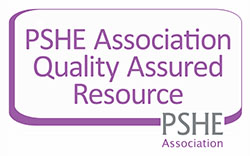Who is this lesson for?
This lesson is suitable for pupils in Key Stage 3. The topic of head injuries is explored in greater depth than in Key Stage 2.
What is included in the lesson?
The teaching resources include:
- KS3 Head Injuries Lesson Plan (doc) - 164 KB
- KS3 Head Injuries Presentation (ppt) - 8.7 MB
- KS3 A18 Functions of the Brain (doc) - 80 KB
- KS3 A1 Keeping Safe Poster (ppt) - 401 KB
- KS3 A2 Skull Design (doc) - 572 KB
- Your Turn Head Injuries (ppt) - 362 KB
- Teacher Guidance (doc) - 151 KB
















